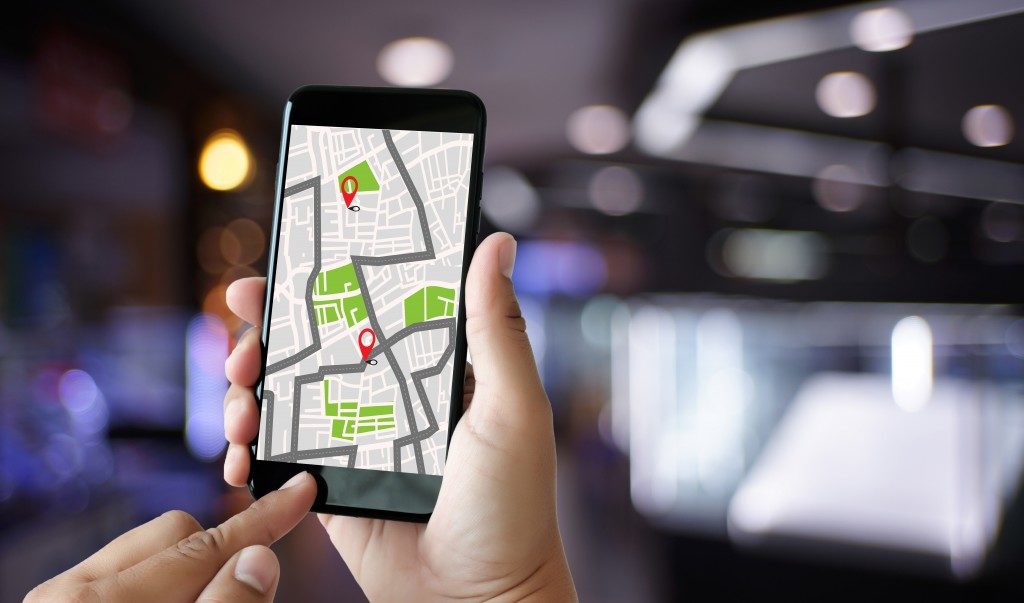Many innovators are too carried away with the process of creating a new product that they ignore the end user’s preference. That leads them to have a bad experience when trying to launch and market their products and services. As people embrace technology, there’s a growing popularity for accurate Global Positioning Systems, says a leading provider of GPS simulator services.
Initially limited to military uses, GPS has come a long way after it was made available for civilian use in 1983. These days, the system is no longer limited to navigation but is found in virtually every electronic gadget we are using. These include smartphones, tablets, and everything that has location services or uses maps to function properly. This makes consumer electronics a more lucrative industry for many entrepreneurs. To ride on this growing demand, keep a few important things in mind when creating your product.
1. Consider the user experience
It common for innovators to outdo themselves when creating a product. After all, they are the new kids on the block who want to take the market by storm. They are hoping to make it big and earn big in the process. Therefore, they’re likely to create a product that is jam-packed with features only to see it fail to take off after launching. While bells and whistles can impress fellow engineers, they do nothing for the customers. You need a product that will make people’s lives easier and more convenient.
Having too many features only serves to intimidate users. You just need to provide what the end users need, Before going broke when creating a product, consider what it’ll look like from the end user’s perspective. Customers value and crave simplicity and ease of use. They would appreciate a simple design and smooth user interface. They would go for a product that has few but useful features and functionalities.
2. Define your target market
 Unless you’re creating a product for a charitable cause, the main goal is to generate sales and turn them into profit. That means you need to get people interested in your product to the point that they will be willing to pay for it. Defining your target market should be part of your research and development strategy. Only then, can you decide what feature to include and which ones to leave out.
Unless you’re creating a product for a charitable cause, the main goal is to generate sales and turn them into profit. That means you need to get people interested in your product to the point that they will be willing to pay for it. Defining your target market should be part of your research and development strategy. Only then, can you decide what feature to include and which ones to leave out.
For instance, if you’re targeting mobile users, you need to keep the app small and light to avoid gobbling up space. On the other hand, if the product is computer-based, you can have more features and functionalities since PCs are more powerful.
3. Invest in Reliability
Consumers are after the quality and reliability of products, so make sure your item possess these characteristics. To test the reliability and performance of your product, it’s important to run a series of tests before it hits the stores. Ensuring that the product will function as expected is key to gaining more sales.
The key to a successful product development hinges on bearing the end user’s preference in mind from the get-go. It lets you create a product that meets their needs without overwhelming them.







